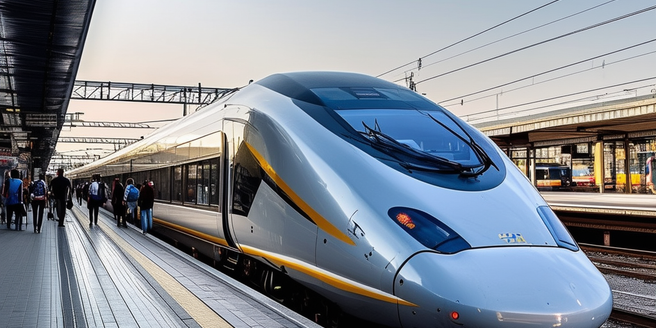
Understanding Public Transportation Options
Public transportation systems offer various modes of travel, including buses, trains, subways, and trams. Each option has its advantages and specific routes, making it crucial to understand which suits your needs best. Buses generally cover extensive local areas and have frequent stops, while trains and subways provide faster travel over longer distances. Trams often connect busy downtown areas with other parts of the city. With the right knowledge, you can optimize your travel time and experience. Understanding the schedules and routes can save a significant amount of time. Familiarize yourself with these options to choose the most efficient means of transportation for your daily commute. By knowing the differences and benefits, you can make more informed decisions and navigate public transportation more effectively.
Planning Your Route Ahead of Time
Effective planning is essential for a hassle-free commute. Before heading out, check schedules and routes online or via mobile apps to ensure you catch the right service at the right time. Look for the quickest routes with the fewest transfers to save time. Keep an eye on real-time updates for any service changes or delays that could impact your travel. By doing so, you can make adjustments to your plans as needed and avoid unnecessary stress. Planning ahead not only reduces the chances of getting lost but also minimizes wait times. Additionally, familiarize yourself with the peak travel times to avoid crowded services. Having a backup route in mind can also help in case of unforeseen disruptions. Being prepared enhances your overall commuting experience.
Using Technology to Simplify Your Commute
Technology can greatly simplify navigating public transportation. Many cities offer apps that provide real-time updates on bus and train schedules, delays, and route changes. These tools allow you to plan your journey more efficiently and avoid unexpected disruptions. In addition, some apps even offer step-by-step transit directions based on live data. You can also receive push notifications to stay informed about any unexpected changes in your route. GPS navigation can guide you to the nearest stop or station, while fare payment apps can make transactions smoother and quicker. Moreover, using apps to purchase tickets in advance can save time and hassle. To make the most of your commute, leverage the available technology and keep your device charged and up-to-date.
Tips for a Smoother Public Transportation Experience
A few simple tips can make your public transportation experience much smoother. Always keep an eye on your belongings and stay aware of your surroundings. During peak hours, try to stand in less crowded areas of the platform or bus stop to ensure you get a seat. Be courteous to fellow passengers by keeping noise levels low and offering your seat to those who need it more. If you’re feeling unwell, consider avoiding public transport to minimize the risk of spreading illness. Remember to track the schedule and arrive a little earlier to avoid any last-minute rush. If you’re unfamiliar with the area, ask the driver or fellow passengers for assistance. Planning ahead and staying aware will contribute to a more pleasant commute for everyone.
Staying Safe and Aware on Public Transportation
Safety should always be a priority when using public transportation. Stay vigilant by keeping your personal belongings close and being aware of your surroundings at all times. Avoid using headphones at high volume levels so you can hear important announcements or warnings. Remember to plan your route ahead of time to reduce uncertainty. If traveling late at night, try to sit in well-lit areas and stay near other passengers. Trust your instincts; if something feels off, move to a different spot or alert authorities. Knowing emergency procedures and exits can also prepare you for any unforeseen situations. In case of an emergency, identify the nearest exit and calmly make your way towards it. By staying alert, you ensure a safer journey.
